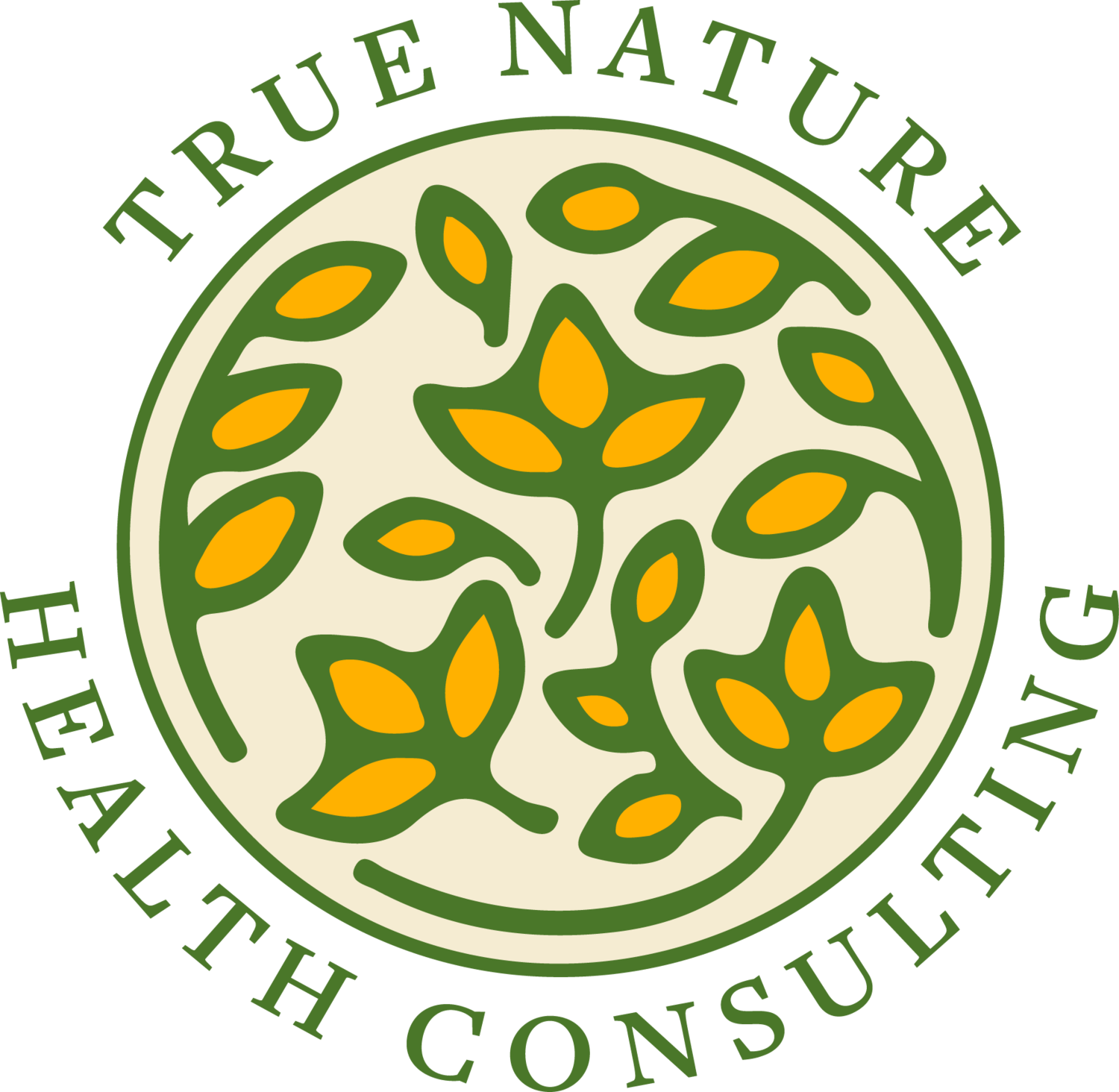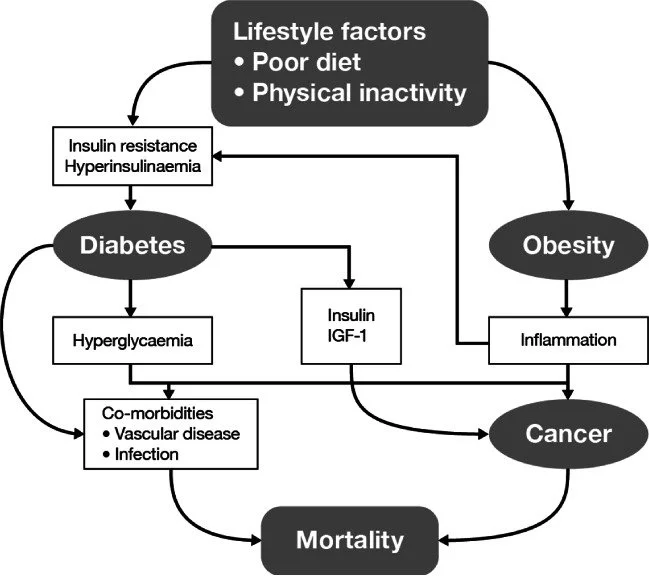Toxins Are Everywhere, Making Us Obese, Diabetic and Low-Energy
Hello, I am Julie Donaldson and I am a clinical nutritionist with functional health training. I specialize in restoring balance in complex, chronic and acute health conditions. I welcome you to peruse other articles that may be of interest to you in your health investigation.
“Years ago Julie told me that my hormone problems were caused in large part by toxins...and my inability to lose weight. I spent way too much time listening to conventional people talk about these things as if they were separate from each other. I came back to her! and I lost weight, ditched the toxins and now I know how to maintain it all. She is soo smart. If you listen and work with it, you’ll be a new person.”
Toxins are everywhere, throughout our water, air, soil and food. A newborn baby is potentially burdened with over 200 environmental toxins in its umbilical cord. A recent study by the Environmental Working Group (EWG) found the average American has over 91 toxic chemicals in their body - some have as many as 165, including 76 known to cause cancer, 94 known to be toxic to the brain and nervous system, and 79 known to cause birth defects and/or abnormal fetal development.
For decades, I’ve been sharing with my clients that toxins and pathogens are the main root causes of all dysfunction and illness in the body. While genetics can play a role, epigenetic influences such as toxic overwhelm are the true keys to turning those switches on or off. From micro plastics to PFAS, BPAs and heavy metals, the negative influences of our modern-day toxins are creating obesity, diabetes and low-voltage cells that are unable to deal with oxidative stress.
Water, PFAS and micro plastics
What are PFAS? Short for perfloroalky and polyfuoroalkyl substances, PFAS are in a category referred to as “forever chemicals”. This means that they do not break down and can remain in the human body (without any further exposure) for decades. PFAS come from textiles, non-stick pans, food wraps and cosmetics. PFAS are known to cause cancer, reproductive damage, developmental delays in children and liver and kidney damage.
Let’s begin with the truth about our water. The EWG completed a study of municipal waters at 44 sites in 31 states and the District of Columbia for PFAS chemicals. Of the areas tested, only Meridian, Mississippi, had no detectable levels of the toxic chemicals. The community draws its drinking water from wells more than 700 feet deep, the group said.
The water supplies in Brunswick County, North Carolina, and Quad Cities, Iowa, contained the highest levels of the chemicals - more than 100 times the EWG’s suggested limit. The advocacy group’s recommended PFAS limit is 1 part per trillion in drinking water. In 2016, the EPA released a non-enforceable lifetime health advisory for PFOA and PFOS at 70 parts per trillion. In 2018, the Agency for Toxic Substances and Disease Registry, a division of the US Department of Health and Human Services, indicated that the “minimal risk levels” for oral exposure to PFOS and PFOA should be seven to 10 times lower than what the EPA currently suggests. Clearly, almost the entire U.S. population is being exposed to PFAS in their water sources at levels way beyond any “minimal risk”. Micro plastics are being seen in placenta and human feces samples. Infants and children have some of the highest levels detected. The average American is believed to incidentally consume between 13,731 and 68,415 fibers during an evening meal.
Let’s move on to the topic of micro plastics in our water. Micro plastics are emerging as a new threat to water systems all over the world. Plastic is a harbor for pathogens and their colonization and attracts other chemicals for binding and poisoning the human body. Micro plastics could be a critical source for pulmonary risk, again particularly in the shower, as a significant amount of water that is absorbed in the shower is taken in through inhalation. Dr. Sherri Mason has spearheaded and analyzed data collection on micro plastic contamination in our waters. From fresh water to ocean water and bottled drinking water, the results are consistent, finding plastic particles in over 85% of samples. Marcus Eriksen studied nearly 12,000 ocean sites and discovered 170 trillion micro plastic plumes on ocean surfaces across the world.
In a brand new study, we also see that micro plastics are carriers of heavy metals. Utilizing the cracks in their surfaces, heavy metals attach to the particles and become part of their toxic presence in our waters (and therefore our fish and our waters).
Micro plastic fibers
While we’re discussing PFAS and plastics in our water sources, it’s important to report on the presence of these substances in fish, including freshwater fish. In this study, PFAS were discovered in nearly every fresh fish sample taken. Of greater concern is the fact that the concentrations in the fish were astronomically higher than in water sources. A representative from the EWG stated, “You’d have to drink an incredible amount of water — we estimate a month of contaminated water — to get the same exposure as you would from a single serving of freshwater fish.”
Micro plastics are also being found in most fish samples and consist mainly of rayon fibers. Strikingly, the majority of these samples are not located near industrial complexes which are known to dump thousands of pollutants into the air and water. As both fishmeal for fish hatcheries and fish for human consumption are contaminated, the risks of ingesting these microfibers in our diets are ever-increasing. The risks to marine animals are also severe. Plastics bind to other lipophilic toxins and cannot be digested nor regurgitated by marine animals. As humans, we expect more fish for our consumption and yet falter in the concern with their well-being and prevention of this type of torture.
In the U.S., we have no official guidelines on freshwater fish consumption for health purposes. The days of concern only over mercury in deep ocean fish are gone.
Diabetes and obesity risks with toxin exposure
From the map above (and much of the research), concentrations of these toxins are higher in the Great Lakes than in most other areas. The prevalence of diabetes in Great Lakes sport fishermen is considerably higher than it is in control groups.
Other studies implicating environmental toxins also show correlation with the development of diabetes. The relationship between insulin resistance and serum concentrations of organic pollutants, especially organochlorine compounds, has been shown in clinical study. Mitochondrial dysfunction is a culprit in the development of diabetes and metabolic syndrome. When our mitochondria struggle to produce ATP and to regulate energy production in the body, metabolic homeostasis is impacted.
We all know that obesity is a contributing factor in diabetes as well. Now, we can also connect obesity with chronic toxin exposure. One study demonstrated that relatively small amounts of Bisphenol-A (BPA) significantly reduced insulin sensitivity and accelerated the formation of adipocytes (fat cells) in mice. BPA triggered the conversion of pre-adipocytes to adipocytes, and caused a 1,300% increase in fat levels, compared to a 150% increase in fat cells with insulin alone. BPA is a compound found in most plastic materials. Water bottles and microwaved plastic containers are regular sources of exposure for Americans. (Of note is that these same types of toxins are problematic with excess fat and estrogen toxicity as well. Learn more here. Adding to the problem is that once we have more fat, that fat is producing more estrogen.)
Obesity and diabetes are currently #4 and #6 on the list of most common diseases in the U.S. Research shows that obesity can lead to diabetes and also to the #1 and #2 diseases in the U.S., cardiovascular disease and cancer. Obesity has been shown to play a role in creating a systemic pro-inflammatory environment which could result in the development of all of these metabolic diseases. Removing toxic stressors from our lifestyles is critical to preventing a condition that can lead to multiple diseases.
Obesity is associated with diabetes, cancer and cardiovascular disease
For decades, with the continual rise in the number of Americans with diabetes, the conversation has been primarily restricted to food choices, weight management and elimination of starches and sugars. The trend in diagnosed diabetes in the United States for nearly 50 years has been an average increase of 14%. The prevalence of diagnosed diabetes increased from 0.93% in 1958 to 7.40% in 2015.
Diabetes in the U.S.
These numbers are staggering, as are the number of industrial and personal garbage/toxins being released into our environment every year. Environmental pollution came into play at the beginning of the industrial revolution and has grown in partnership with industrial growth. There can be no mistaking the connections between toxins and diabetes, especially with more frequent and affirmative research being released. While heavy metals were once the bigger threat in this arena, it is my belief that PFAS, micro plastics and BPAs are now equal or greater challenges. If one wishes to head diabetes off at the pass, one must be continually ahead of the game in prevention and detoxification.
One must also utilize Metabolic Typing® which is a personalized format of nutrition. MT® supports the individual body with nutrient requirements of its own unique nature, adding to the balancing of all of the body’s homeostatic mechanisms.
Oxidative stress and toxicity
When we are burdened with toxicity and the energy systems of our cells’ mitochondria are diminished, oxidative stress will also occur. Oxidative stress can occur when there is an imbalance of free radicals and antioxidants in the body. The body’s cells produce free radicals during normal metabolic processes. However, cells also produce antioxidants that neutralize these free radicals. In general, the body is able to maintain a balance between antioxidants and free radicals.
As oxidative stress builds, free radicals accumulate in the body and damage multiple organs and systems. Lack of adequate antioxidants can be addressed with supplementation, but our cells must also have adequate voltage to complete necessary actions to utilize them.
Summations and solutions
Environmental toxins pose a significant risk to our health. This includes our weight, insulin regulation, heart and the threat of cancer growth.
As always, we need to talk about what we can do. No one wants to live with obesity, diabetes or a toxic body.
Know and practice your MT®. On every level, this helps your body to stabilize homeostatic mechanisms and energy production.
Have your systems/biochemistry tested and personalized therapeutic protocols developed for ongoing detoxification and optimization of your health.
Incorporate ghee in your diet. Used for centuries in Ayurvedic nutrition/medicine, ghee stimulates detox through a process called lipophilic-mediated detoxification—a process now backed by modern science! Ghee is the tool used to attach to and pull fat-soluble chemicals, preservatives, and pesticides out of the deep tissues of the body. In this study, subjects who utilized ghee tested with significantly lower levels of fat-soluble chemicals than control subjects. Ghee provides butyric acid in the gut more than any other known food. Bacteria in our guts interacts with butyric acid to provide this therapeutic response. Butyrate also improves insulin sensitivity and energy levels. It does this through the stimulation of mitochondrial activity.
Supplement with specific antioxidants that support the Nrf-2 pathway in the body, such as sulphoraphane and glutathione.
Reverse osmosis (RO) water is the safest for drinking in terms of lowest levels of PFAS and plastics. Always add minerals back to RO water as it is stripped.
Get involved and learn how to reduce your plastic use. A great resource is https://www.5gyres.org/. Other helpful approaches are to eliminate plastic water bottles and utilize Kleen Kanteens. I recommend an effective laundry detergent that comes in sheets in a paper container from Tru Earth - no plastic bottle involved.
If you want to test your PFAS level, you may find more information here: https://pfas-exchange.org/wp-content/uploads/PFAS-Blood-Testing-Document-May-2022.pdf
Develop and continually practice an individual method for binding and removing heavy metals from your body
It is important to work with an experienced practitioner when facing health challenges such as toxicity, diabetes and obesity. Please contact me at Julie@truenaturehealthconsulting.com to begin your discovery today. We provide holistic telehealth services.






